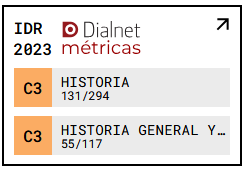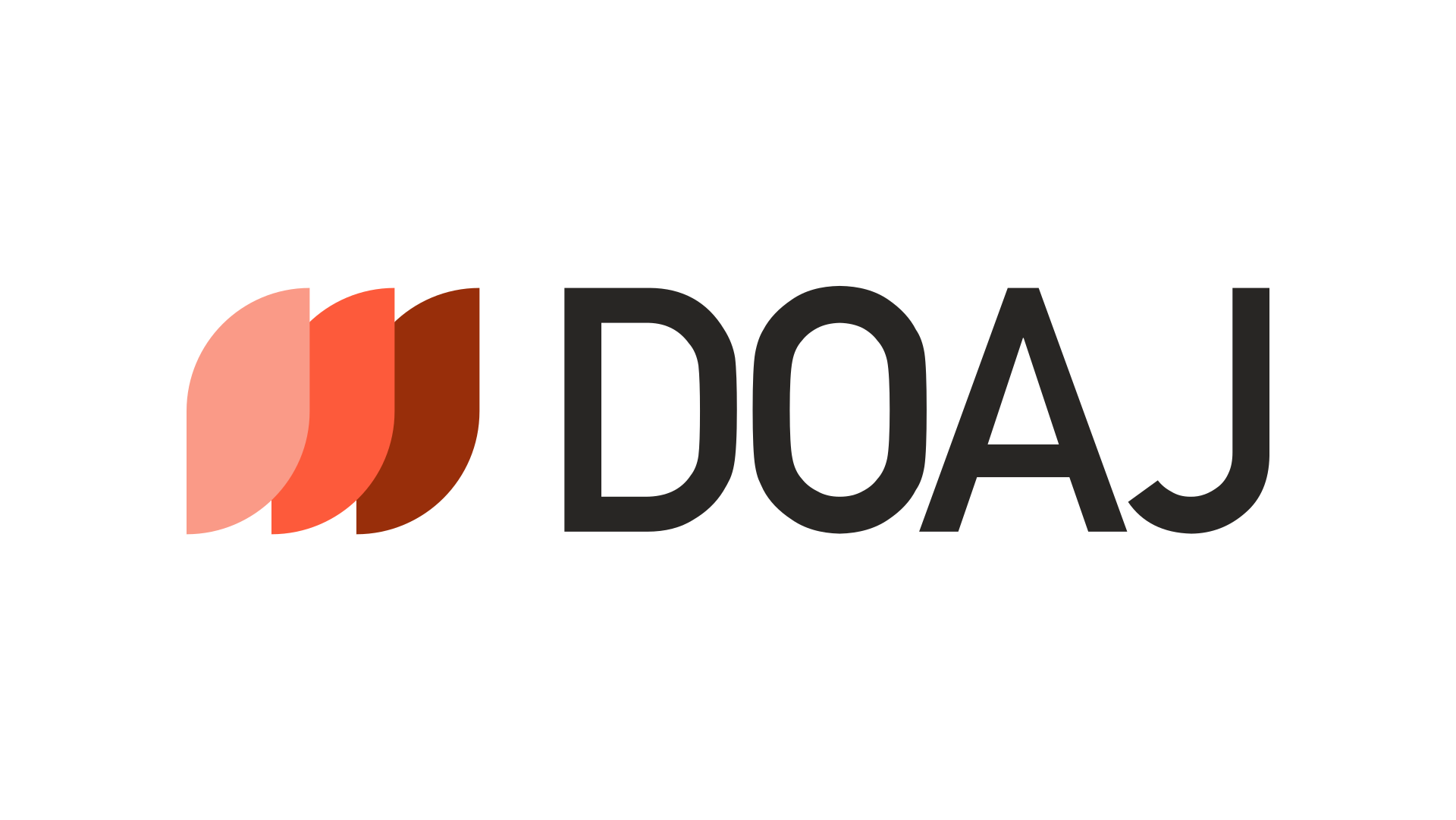Vicissitudes of the concept of gender within psychoanalysis. first part
DOI:
https://doi.org/10.18172/brocar.1598Keywords:
Gender, sexuality, class, symbolic domination, Queer theory,Abstract
In the first part of this work, the implicit effects of not having a theory with respect to gender; of the negation of the sexual child trauma; and of the ignorance of the iatrogenia, that boundary violation in the analytical space (the symbolic incest) entails are shown. Next, the participation of the psychosexual theory in the institution of the symbolic domination in psychoanalysis is deconstructed, following Bourdieu (1998). Afterwards, assisted by Corbett (2009), through “Little Hans” it is shown how psychoanalysis “normatises” about masculinity. It stops at Benjamin’s (1988), Dio Bleichmar’s (1997), Levinton’s (2000) and Laplanche’s (2007) contributions. And, in a second part, based on Butler (2004), it is shown the little consistency of the work of Money (1955) on which all the conceptual building about gender and sexuality constructed up to then was leaning. Queer theory finished the job. It ends up with the view of the direction that gender is taken in the 21st century with the contributions of Chodorow (1999, 2005), Dimen (2002, 2003), Goldner (2002, 2003), Harris (2005) and Layton (2004).Downloads
Download data is not yet available.
Downloads
Published
2011-06-24
How to Cite
Garriga i Setó, C. (2011). Vicissitudes of the concept of gender within psychoanalysis. first part. Brocar. Cuadernos De Investigación Histórica, (35), 117–156. https://doi.org/10.18172/brocar.1598
Issue
Section
Articles
License
The authors retain copyright of articles and authorize CIF the first publication. They are free to share and redistribute the article without obtaining permission from the publisher as long as they give appropriate credit to the editor and the journal.
Self-archiving is allowed too. In fact, it is recommendable to deposit a PDF version of the paper in academic and/or institutional repositories.
It is recommended to include the DOI number.
This journal is licensed under a Creative Commons Attribution 4.0 International License











